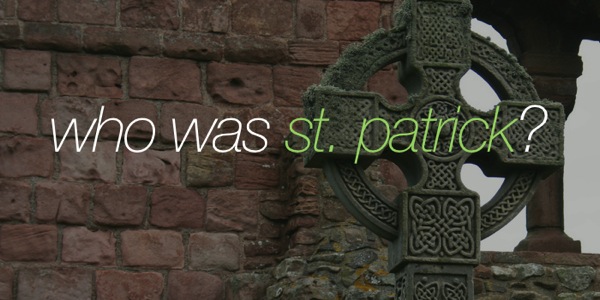 We all know about St. Patty’s day, but very few of us know anything about the history behind the holiday. For most of us, our knowledge of the Saint Patrick’s day rarely extends beyond green clothing, lepurchauns, green beer, some Irish music, and the occasional shamrock shake. But, believe it or not, behind all that makes this holiday popular is a holiday rooted in Christian faith. Saint Patrick’s Day, or the Feast of Saint Patrick, is a celebration of the arrival of Christianity in Ireland. And more specifically, a celebration of the missionary, Saint Patrick.
We all know about St. Patty’s day, but very few of us know anything about the history behind the holiday. For most of us, our knowledge of the Saint Patrick’s day rarely extends beyond green clothing, lepurchauns, green beer, some Irish music, and the occasional shamrock shake. But, believe it or not, behind all that makes this holiday popular is a holiday rooted in Christian faith. Saint Patrick’s Day, or the Feast of Saint Patrick, is a celebration of the arrival of Christianity in Ireland. And more specifically, a celebration of the missionary, Saint Patrick.
St. Patty’s day is a day to celebrate missions.
I am a servant of Christ to a foreign nation for the unspeakable glory of life everlasting which is in Jesus Christ our Lord. ~ Patrick
Who was Saint Patrick?
Despite his widespread popularity and the desire to celebrate the day that honors him, many of us haven’t the slightest clue who this guy is. Saint Patrick is technically not a saint; he’s never been canonized by the Roman Catholic Church. He’s also not Irish, but British.
Patrick was born into a Christian family, his father was a deacon and his grandfather a priest. According to the Declaration, he was captured at the age of 16 and taken into slavery by a group of Irish raiders who were attacking the family estate. In Ireland, Patrick spent six years in captivity working as a shepherd. It was during this time that Patrick’s relationship with God changed.
But after I had arrived in Ireland, I found myself pasturing flocks daily, and I prayed a number of times each day. More and more the love and fear of God came to me, and faith grew and my spirit was exercised, until I was praying up to a hundred times everyday - and in the night nearly as often. So that I would even remain in the woods and on the mountain in snow, frost and rain, waking to pray before first light. - St. Patrick
One night during Patrick’s captivity, he believed that he heard a word from God during his time of prayer. He believed that God was telling him to run away from captivity in order to find a ship to sail back home to Britain. Patrick successfully escaped captivity, traveling 200 miles on foot in order to find the ship he was looking for.
On a mission.
After escaping to Britain, Patrick believed that he experienced another vision from God - this time an angel telling him to return to Ireland as a missionary. Patrick soon began his religious training, and 15 years letter would be ordained as a Priest. Patrick would then go back on mission to Ireland with the goal to spread the message of Jesus to the pagans in Ireland.
The Roman Catholic Church had given up on converting such “barbarians” deemed beyond hope. The Celtic peoples, of which the Irish were part, were an illiterate bunch of drunken, fighting, perverted pagans who basically had sex with anyone and worshiped anything. - The Resurgence
As St. Patrick went on mission into the culture of the Irish, he did so in some unusual ways.
St. Patrick not only went into the Irish culture with the message of the Gospel, but he also spoke the language of the culture. He utilized the languages and customs of the people in order bring them the message of Christianity. Instead of trying to eliminate all the native Irish beliefs, St. Patrick sought to redeem those beliefs and use them in a way that honored the message of the Bible. For example, the Celtic cross comes from St. Patrick’s blending of the Christian cross and the Irish symbol of the sun.
St. Patrick did not do everything right. His practices caused several conflicts between the Romans and the Celtic Christians. There are certainly things he said and taught that were not right on. And there may have been places that we feel like he even compromised too much in embracing culture.
But what we cannot argue is that St. Patrick was a missionary who was committed to do whatever was necessary to share the message of the Gospel with a people that most others had ignored. And that’s something worth celebrating.
